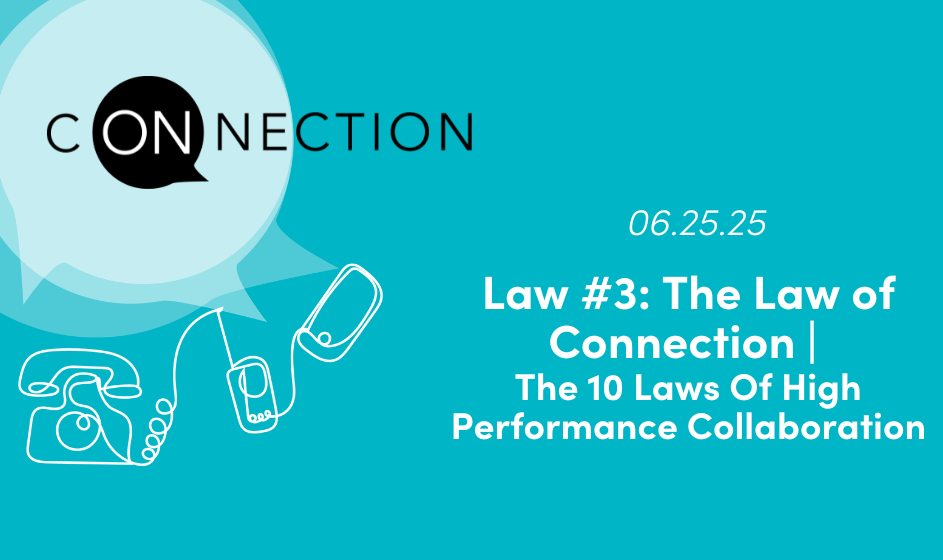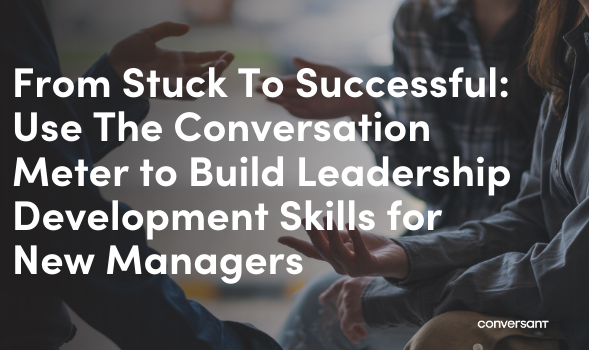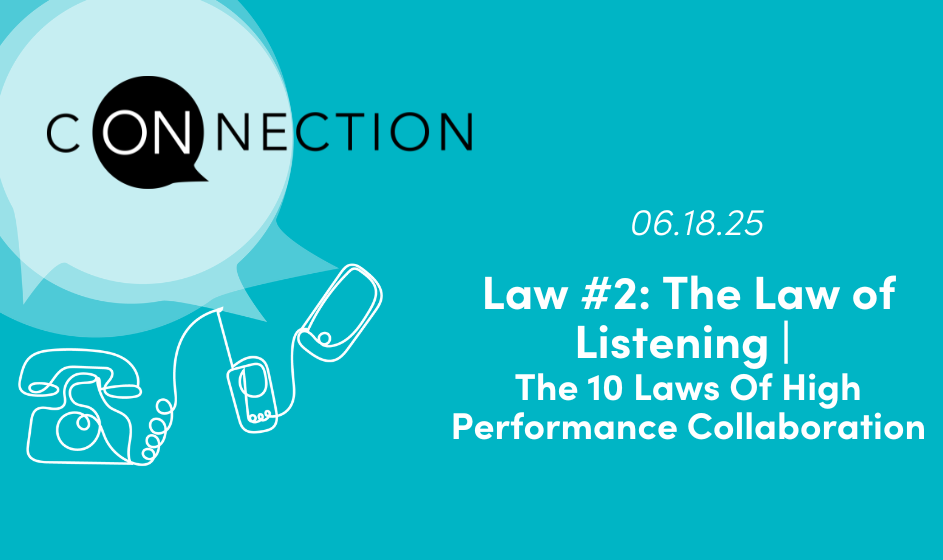Organizational Problems: How to Find Them and Truly Fix Them, with Anne Murray Allen
Most of us have been in meetings where the topic of discussion is a particular problem that’s been going on in the organization for some time. Everyone at the table is frustrated and tired of dealing with the same issue – again. But most of the time we walk away from those meetings feeling better because we’ve actually done something. However, did we do the right thing that will actually fix the problem? Only time will tell. On this episode of Leaders, Bosses, and Bastards, Mickey talks with his friend Anne Murray Allen about this issue of organizational problems and how most of our attempts to fix them are nowhere near a real solution. They’ll dive into ways you can uncover the hidden causes of problems within your organization and why it’s so hard to get there.
Blame is always a bad sign of a deeper organizational problem.
When an ongoing problem in an organization comes to light yet again, it’s quite common for the blame game to begin. One department says it’s another department’s fault. That department says they didn’t receive all the resources they were supposed to receive, so it’s another person’s fault. And the blame spreads throughout the organization. But blame is usually a convenient way to shirk the responsibility without really digging into the root causes of the issue. When you see the blame game starting you can be sure, there’s something deeper going on that nobody’s able to see – yet.
Many small problems have a deeper organizational problem at their core.
One company was experiencing a discrepancy between its actual inventory in the warehouse and the stats shown in its online sales software. After having accountants look at the problem for a significant amount of time the conclusion was made that someone was stealing from the inventory. Nothing else could account for the shrinkage. Right? That’s the conclusion that was made and emotions and tempers ran high as a suspicious eye was turned on employees. As it turns out, there was a very simple and easily fixable flaw in the inventory software. Once it was found and corrected the ghostly inventory discrepancy suddenly vanished. It’s an example of why leaders need to guide the company to patient, in-depth analysis of system problems for the sake of team unity and moral. And it’s the topic Mickey and his guest, Anne Murray Allen talk through on this episode.
Is everyone at the table who needs to be at the table to fix your organizational problem?
Many times the instinct of leaders is to gather the managers and senior leadership when an organizational problem becomes apparent. The goal is to look at the situation from the top down, assess what’s going on at the lower levels, and pinpoint the place where communication or systems are breaking down. It’s great in theory and it sounds like the kind of thing good leaders should do, but it often excludes the people who are closest to the problem and therefore have the greatest likelihood of having observed the tale-tell signs of its origin. You’ve got to make sure that you have everyone at the table who could provide insight into the issue so that you have the ability to get to the root. And when you do, you have to know how to guide the conversation in constructive ways that uncover the truth.
The patience needed to fix organizational problems is a mark of true leadership.
Near the end of this conversation, Mickey and his guest Anne Murray Allen unpack how the various types of organizational figureheads – leaders, bosses, and bastards – would handle an organizational problem that arises. As they note, each one takes a particular approach to the problem in an attempt to fix it. But only one – the true leader – handles it patiently, thoroughly, and on a level that gets to the root of what’s really going on. It’s a great conversation that reveals much of why organizations have a hard time identifying problems that arise and provides some simple solutions that pave the way to better discovery and resolution of organizational problems.
Outline of This Episode
- [1:01] The need to take great care when trying to “fix” intricate systems.
- [4:40] The reality of how difficult it is to pinpoint the real problems.
- [8:03] Diagnosing the real problem requires deeper questions and a more patient approach.
- [12:11] The false comfort of leverage points.
- [18:20] Simple first steps companies can take to assess problems.
- [24:44] How all this is viewed from the leaders, bosses, and bastards perspectives.



